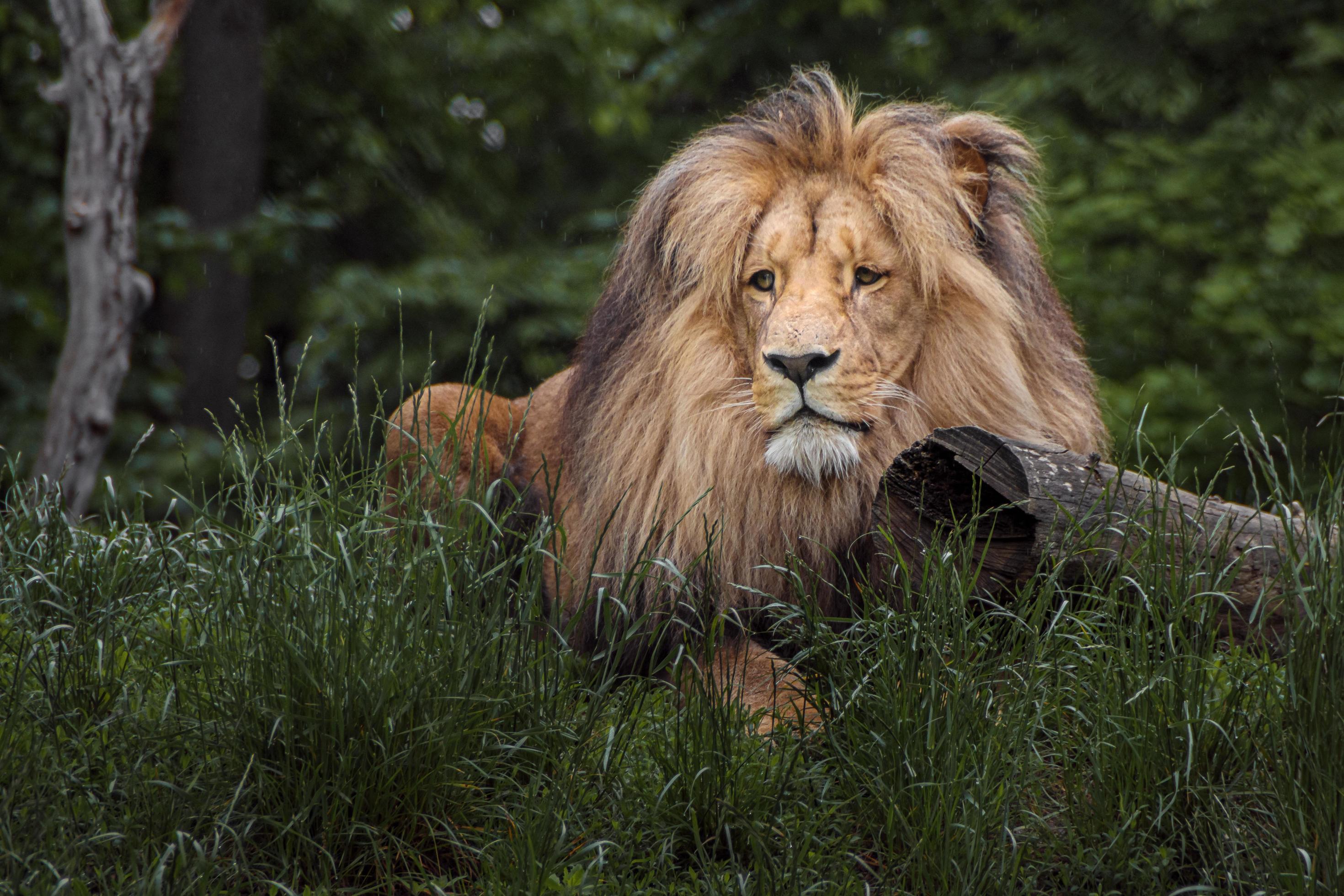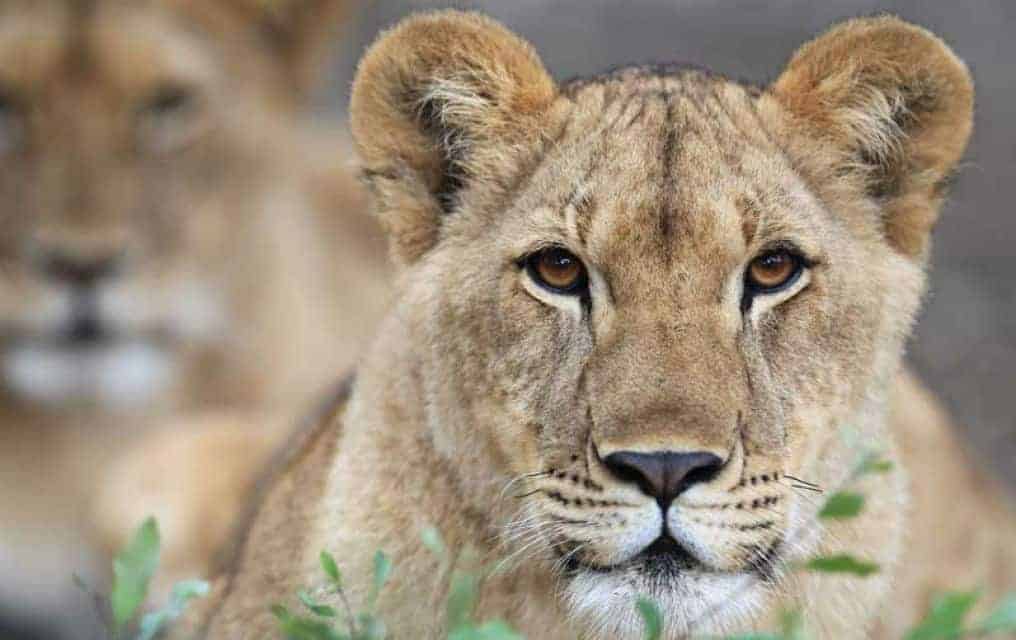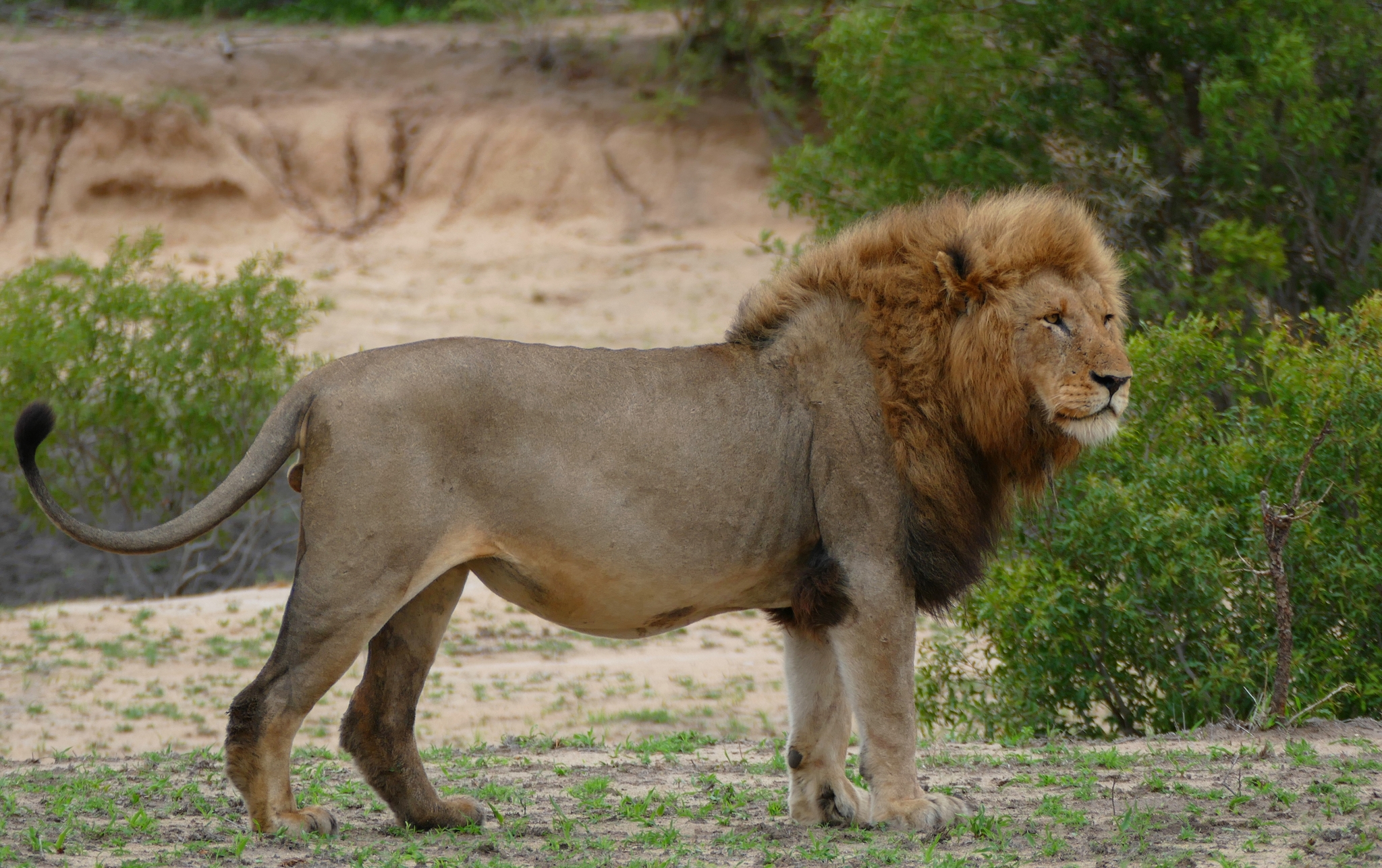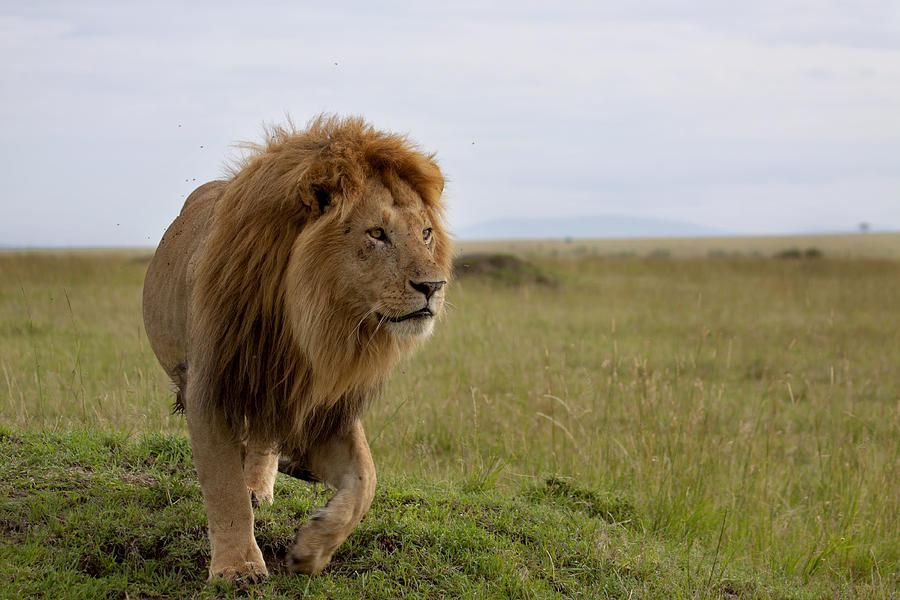Lions are one of the most iconic and majestic animals in the world. They are known for their strength, courage, and beauty. While there is only one species of lion, Panthera leo, there are several subspecies that are recognized by scientists.
The Red List of the International Union for the Conservation of Nature (IUCN) only recognizes Panthera leo as the species, and Panthera leo persica and Panthera leo leo as the only subspecies. However, other taxonomic lists, such as ITIS, identify more varieties.
You are reading: 7 The Types Of Lions
In this article, we will explore the seven types of lions that are recognized by various official organizations, including the Asiatic, African, Katanga, Congo, Transvaal, Barbary, and Nubian lions. We will also discuss the characteristics that make each subspecies unique, such as the development and color of their fur, height, weight, and length.

7 The Types Of Lions
Panthera leo leo

Panthera leo leo is a subspecies of lion that is present in West Africa, northern Central Africa, and India. It is sexually dimorphic, and male lions are the only cats with manes.
Three-year-old male lions grow manes that vary in color from black to blond. The lion’s fur varies in color from light buff to dark brown, and it has rounded ears and a black tail tuft.
The average head-to-body length of a male lion is 184 cm, while that of a female lion is 160 cm. The weight of a male lion ranges from 150 to 250 kg, while that of a female lion ranges from 120 to 182 kg. The subspecies is currently restricted to fragmented and isolated populations with a declining trajectory.
Panthera leo melanochaita

Panthera leo melanochaita is a subspecies of lion that is found in Southern and East Africa. It is also known as the Southern African lion and is one of the largest lion subspecies. The fur of the Southern African lion is typically a light tan color, and the males have a distinctive black mane.
The average head-to-body length of a male lion is 184 cm, while that of a female lion is 160 cm. The weight of a male lion ranges from 150 to 250 kg, while that of a female lion ranges from 120 to 182 kg.
The Southern African lion is a social animal and lives in groups called prides, which consist of up to 12 related adult females with their offspring, plus two to three unrelated adult males. The males protect the females and cubs from other predators and hunt in groups using stalking and ambush techniques.
The Southern African lion is threatened by loss of habitat and prey base, killing by local people in retaliation for loss of livestock, and in several countries also by trophy hunting.
Katanga lion (Southwest African lion)
The Katanga lion, also known as the Southwest African lion, is a subspecies of lion that lives in southwestern Africa. It is scientifically known as Panthera leo bleyenberghi.
The Katanga lion is one of the largest lion subspecies, and its fur is typically a light tan color. The males have a distinctive black mane, and the average head-to-body length of a male lion is 184 cm, while that of a female lion is 160 cm. The weight of a male lion ranges from 150 to 250 kg, while that of a female lion ranges from 120 to 182 kg.
The Katanga lion is a social animal and lives in groups called prides, which consist of up to 12 related adult females with their offspring, plus two to three unrelated adult males.
The males protect the females and cubs from other predators and hunt in groups using stalking and ambush techniques. The Katanga lion is facing increasing pressures from encroaching human populations today.
Congo Lion (Northeast Congo lion)

The Congo Lion, also known as the Northeast Congo lion or Uganda lion, is a subspecies of lion that lives in the grasslands of Northeast Congo. It was proposed as a lion subspecies from northeastern Belgian Congo as part of a zoological study. The Congo lion is scientifically known as Panthera leo azandica.
The Congo lion is a social animal and lives in groups called prides, which consist of up to 12 related adult females with their offspring, plus two to three unrelated adult males. The males protect the females and cubs from other predators and hunt in groups using stalking and ambush techniques.
The Northeast Congo lion once ranged across the savannahs of West and Central Africa, but it is now regionally extinct in several countries, including Mauritania, Gambia, Guinea-Bissau, Mali, Sierra Leone, Ivory Coast, and Togo, and possibly extinct in Guinea and Ghana.
The current population size of the Congo lion is unknown, but it is facing increasing pressures from encroaching human populations today.
Transvaal Lion (Southeastern lion)
The Transvaal Lion, also known as the Southeastern Lion or Kalahari Lion, is a subspecies of African lion that is found in southern Namibia to southeastern Mozambique.
The Transvaal Lion is the southernmost subspecies of African lions. The males have a distinctive black mane, and the average head-to-body length of a male lion is 184 cm, while that of a female lion is 160 cm. The weight of a male lion ranges from 150 to 250 kg, while that of a female lion ranges from 120 to 182 kg.
The Transvaal Lion is a social animal and lives in groups called prides, which consist of up to 12 related adult females with their offspring, plus two to three unrelated adult males. The males protect the females and cubs from other predators and hunt in groups using stalking and ambush techniques.
The Transvaal Lion is threatened by habitat loss, poaching, and human-wildlife conflict.
Barbary lion
Read more : Discover 5 Animals Roaming atop Britton Hill – Florida’s Highest Point
The Barbary lion, also known as the North African lion, Atlas lion, and Egyptian lion, is an extinct population of the lion subspecies Panthera leo leo. It was once found in North Africa, ranging from Morocco to Egypt, far to the north of their sub-Saharan relatives.
The Barbary lion was the first lion type encountered and cataloged by emergent natural scientists of the Enlightenment. Historical sighting and hunting records from the 19th and 20th centuries show that the Barbary lion inhabited Mediterranean forests, woodlands, and scrub.
The Barbary lion was adapted to a temperate climate with cold winters, and it lived a more solitary existence, possibly as the result of lower prey densities in temperate habitats. The males had a distinctive black mane, and the average head-to-body length of a male lion was 184 cm, while that of a female lion was 160 cm.
The weight of a male lion ranged from 150 to 250 kg, while that of a female lion ranged from 120 to 182 kg. Until 2017, the Barbary lion was considered a distinct lion subspecies.
Results of morphological and genetic analyses of lion samples from North Africa showed that Barbary lions do not differ significantly from the Asiatic lion and fall into the same subclade.
Nubian Lion (East African lion)
The Nubian Lion, also known as the East African Lion, is a subspecies of lion that roams the savannahs and grasslands of East Africa. It is also referred to as the Barbary lion, Atlas lion, and Egyptian lion, but these names are now considered subpopulations or clades rather than distinct subspecies.
The Nubian Lion is known for its light tan fur and the males’ distinctive black mane. The average head-to-body length of a male lion is 184 cm, while that of a female lion is 160 cm. The weight of a male lion ranges from 150 to 250 kg, while that of a female lion ranges from 120 to 182 kg.
The Nubian Lion is a social animal and lives in groups called prides, which consist of up to 12 related adult females with their offspring, plus two to three unrelated adult males. The males protect the females and cubs from other predators and hunt in groups using stalking and ambush techniques.
FAQS
1. How many types of lions are there?
There are seven types of lions recognized by various official organizations, including the Asiatic, African, Katanga, Congo, Transvaal, Barbary, and Nubian lions.
2. What are the differences between the types of lions?
The differences between the types of lions come in the development of the fur and the color of the fur. The height, weight, length, fur type, and color may differ a bit from species to species.
3. Do all types of lions live in prides?
Yes, all breeds of lions, like the Asiatic Lion, live in a pride. They are all close-knit and affectionate to one another. They all raise their cubs in the same manner, and the lionesses are the hunters of all species.
4. Are all types of lions social animals?
Yes, all types of lions are social animals and live in groups called prides, which consist of up to 12 related adult females with their offspring, plus two to three unrelated adult males.
5. Are any types of lions extinct?
Yes, the Barbary lion is an extinct population of the lion subspecies Panthera leo leo. It was once found in North Africa, ranging from Morocco to Egypt, far to the north of their sub-Saharan relatives.
6. Are any types of lions endangered?
Yes, many types of lions are endangered due to habitat loss, poaching, and human-wildlife conflict. For example, the Transvaal Lion is threatened by habitat loss, poaching, and human-wildlife conflict, while the Congo Lion is regionally extinct in several countries and facing increasing pressures from encroaching human populations.
Source: https://petstutorial.com
Category: Animals










